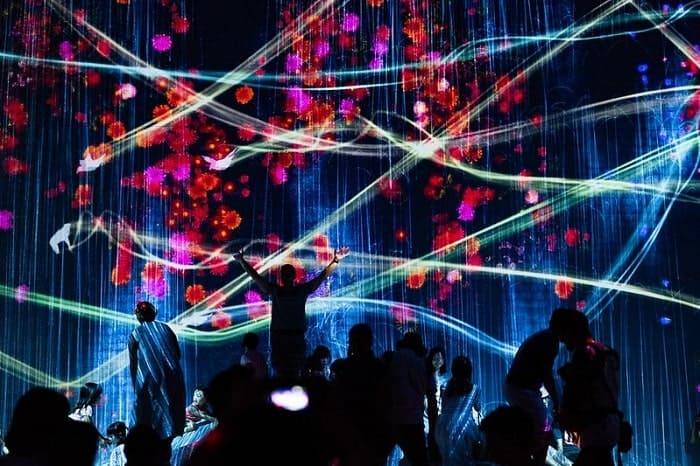Stormonu
Legend
I remember having a Wacom drawing tablet for the longest time, I want to say pre-2000. So I know drawing directly on the computer has been around for quite some time. During 3E, I’d scan my drawings and color/clean-up for use in PDFs.
The type of digital art that looks off to me is those that use 3D assets, like Daz Studio. The first D&D art piece I remember utilizing something akin to what I consider “digital” was in 4E, the picture of githyanki. I may be wrong, but to me the figures look hyper-realistically unnatural in the way that 3D poser images look.

The type of digital art that looks off to me is those that use 3D assets, like Daz Studio. The first D&D art piece I remember utilizing something akin to what I consider “digital” was in 4E, the picture of githyanki. I may be wrong, but to me the figures look hyper-realistically unnatural in the way that 3D poser images look.

